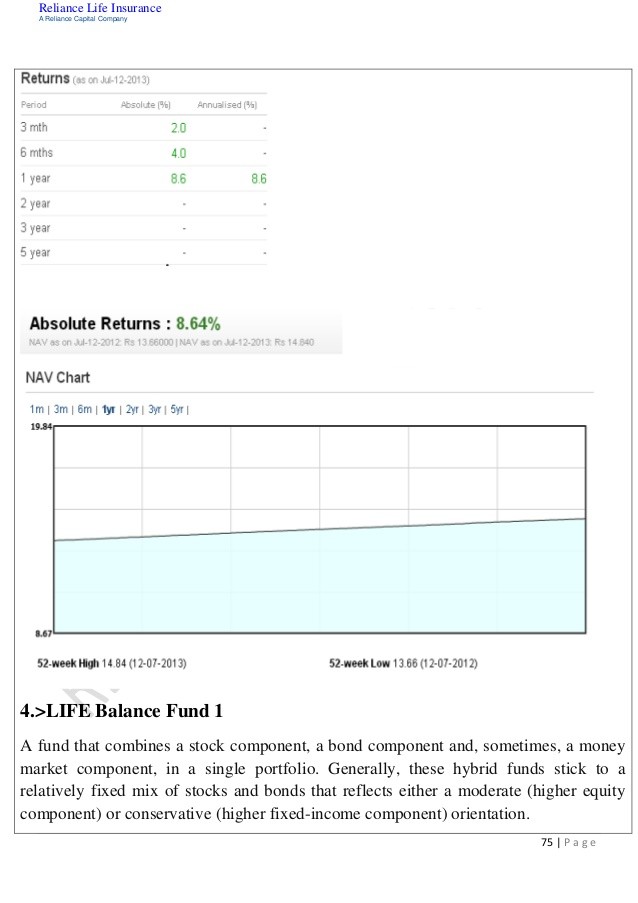The Employee Stock Option Fund_1
Post on: 15 Апрель, 2015 No Comment

File an 83(b) when Exercising Stock Options in Advance
Venture-backed startup companies are big fans of using stock options as a major compensation tool to attract and retain employees. If your company’s stock value rises over the years, you can avoid two major tax issues by having exercised early. However, since you haven’t actually vested your stock and assuming your company even has an early exercise option, you would technically be holding restricted stock that is subject to repurchase by the company. To avoid your purchase being characterized as exercises at your subsequent vesting points and being subjected to taxes on the increase in value, you need to make an 83(b) filing with the IRS within 30 days of your early exercise date to establish your actual purchase date.
Filing an 83(b) with the IRS means that you are bound to consummate your intended stock purchase. The IRS isn’t capable of tracking whether you actually carry that out so they simply subject you to the applicable taxation up front based on your expressed intent. However, your cost basis and the fair market value are equal up front so there shouldn’t be any taxes due. The exception is if you waited some period of time before executing the early exercise and the fair market value of your company’s stock at the time of exercise had risen above your option grant exercise price. Even then, you may or may not be subject to tax depending on several factors such as whether these were qualified ISOs, the implied gain in value, and your level of income. Establishing the purchase date right away also makes the stock eligible for long term capital gains (LTCG) treatment after it is held for at least one year. There is a 20% federal tax savings associated with LTCG. Although there is no additional tax savings for California because capital gains and ordinary income are taxed at the same rate, there are many other states that do provide an additional tax savings for LTCG.
There is no special form for filing an 83(b) but a sample is provided here. You are cautioned to review this with your tax advisor for compliance with your particular situation and since IRS rules are continually subject to change. Send 2 copies to the IRS along with a self-addressed stamped envelope for them to return a stamped acknowledgment. Also file one with your actual tax return in addition to keeping one copy for your records.
Exercising stock options early can require a lot of capital and yet the time to liquidity for your company can be quite long. As your shares are vested, you may be tempted to sell some shares to recover your original investment or perhaps fund other financial needs. Be aware that a sale is a taxable event and it also truncates any possibility of future upside on the shares being sold. An alternative solution for partial liquidity is to get an advance from the ESO Fund. This is an attractive solution because no payments are due until a liquidity event is reached on the stock. Furthermore, if the stock becomes worthless, ESO absorbs the loss, not you. For more information, please contact us at the ESO Fund.
Learn more about the ESO Fund
and discover how we can help you
exercise your stock options!














